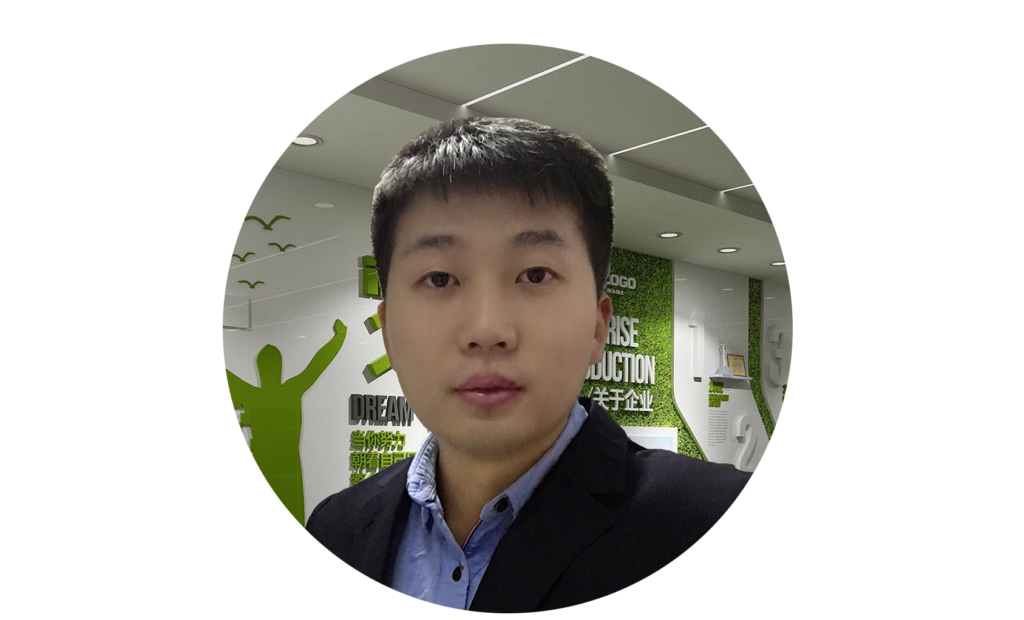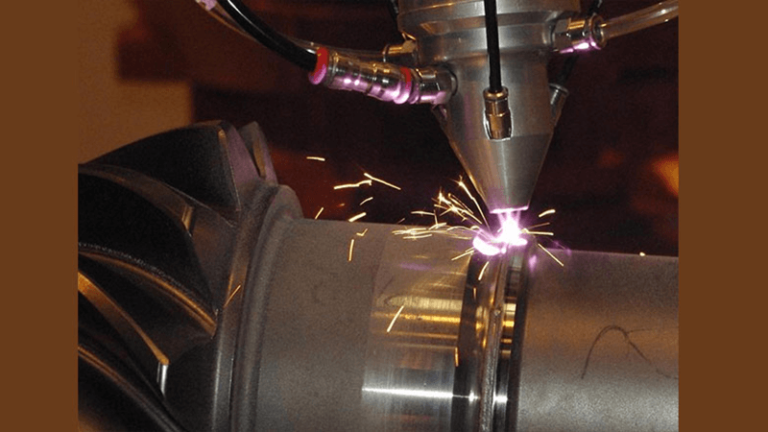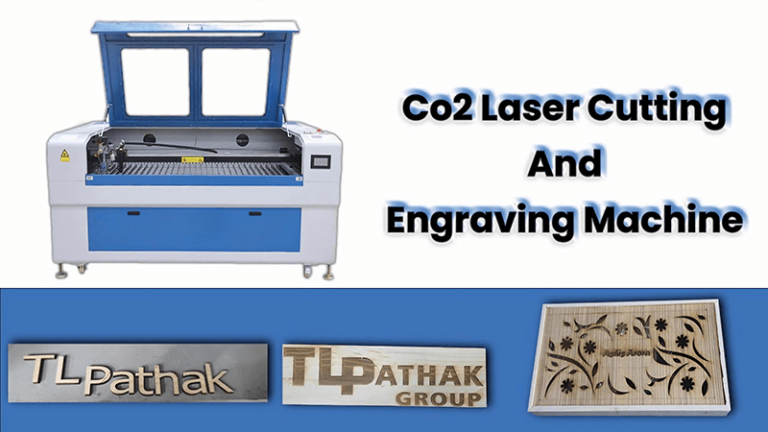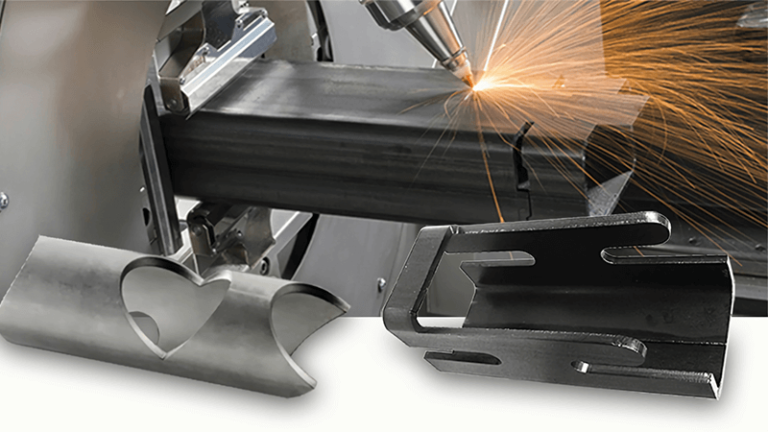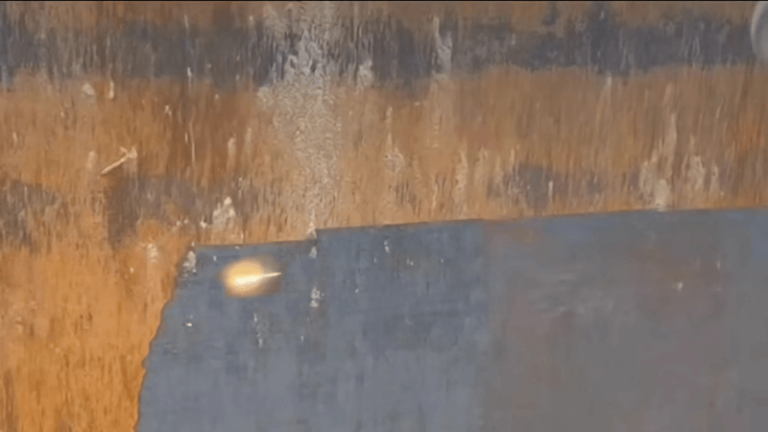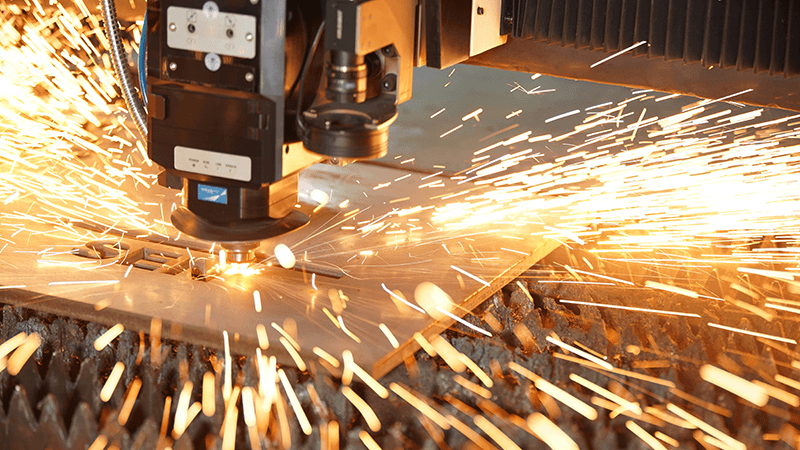
Precision in laser cutting—sounds technical, doesn’t it? But let’s be honest, isn’t precision what separates a masterpiece from scrap? Whether you're crafting intricate designs or working on industrial-grade projects, getting those cuts just right is everything.
Precision laser cutting transforms raw materials into masterpieces, where every micron matters. With the right tools, optimized laser power, and regular maintenance, achieving smooth edges and exact dimensions becomes second nature. Kirin Laser machines, like the KR-1500, excel in delivering unmatched precision with advanced motion controllers and fiber laser technology, making them the go-to choice for professionals.
So, what’s the secret to precision laser cutting? It’s a mix of having the right equipment, mastering techniques, and avoiding common mistakes. In this guide, I’ll walk you through tips that even seasoned pros swear by.
Stick with me because I’ll not only share tips but also reveal why Kirin Laser machines are the go-to choice for precision freaks like us.
Why Is Precision So Crucial in Laser Cutting?
When it comes to laser cutting, precision isn’t just a buzzword—it’s the backbone of quality work. Precise cuts mean less waste, smoother edges, and faster assembly. Industries like aerospace, automotive, and even jewelry demand exact dimensions to the micron. Miss by a hair, and you’re back to square one.
Take aerospace, for example—where parts must fit perfectly. Or custom metal art, where perfection defines the price tag. Precision is more than technical; it’s an art form.
Precision laser cutting minimizes material waste and enhances efficiency in industrial applications.True
Precise cuts reduce waste, ensure smoother edges, and allow for faster assembly, crucial in industries like aerospace and automotive.
Fiber lasers are the best choice for cutting non-metal materials like wood and acrylic.False
CO2 lasers, not fiber lasers, are better suited for cutting non-metal materials like wood, acrylic, and plastics.
Top Tips for Mastering Precision Laser Cutting
Choose the Right Laser Cutter
Not all lasers are created equal. Look for machines with advanced motion control and high-powered lasers. A stable cutting table can also make a world of difference. Need a recommendation?
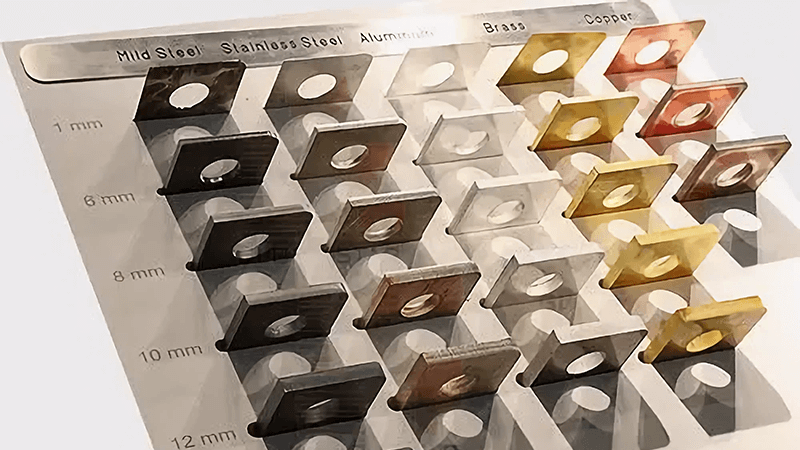
The type of laser is crucial to your decision, as it directly affects performance and compatibility with different metals:
- Fiber Lasers: These are the most suitable for cutting metals. With high energy density, fiber lasers provide precise cuts and faster speeds, making them ideal for materials such as stainless steel, aluminum, and brass. They excel at cutting thicker metals, as their beam can penetrate deeply and cleanly.
-
Example: A 3kW fiber laser can cut stainless steel up to 15mm thick at a speed of 1-1.2 m/min.
-
CO2 Lasers: These are better suited for non-metal materials like wood, acrylic, and plastics. While capable of cutting metals, CO2 lasers often require special adjustments to handle reflective metals like aluminum or copper and are less efficient for thicker sheets.
-
Nd YAG Lasers: Typically reserved for specialized industrial applications, these lasers are effective for precise metal cutting but are more expensive and less commonly used in general fabrication.
Recommendation: Fiber lasers are the go-to choice for most metal cutting projects due to their speed, precision, and cost-efficiency.
- Laser Power
The laser power determines the thickness of metal that can be cut and the cutting speed:
-
Thin Metals (< 3mm): A power range of 1,000W to 1,500W is adequate for cutting thin sheets like aluminum and mild steel.
Cutting Speed: Approximately 3.5 m/min for stainless steel (2mm thick). -
Medium Metals (3mm to 10mm): For materials in this range, a laser cutter with 2,000W to 3,000W power ensures efficiency and precision.
Cutting Speed: 1.5 m/min for 6mm carbon steel. -
Thick Metals (10mm to 20mm): Opt for a machine with at least 3,000W to 4,000W to handle thick metal sheets without compromising speed or edge quality.
Cutting Speed: 0.6 m/min for 12mm stainless steel.
Pro Tip: Higher power lasers increase productivity but may also increase costs. Choose a power level based on your typical material thickness.
- Cutting Speed and Precision
Speed and precision are essential for industrial and fabrication applications:
-
Cutting Speed: Measured in millimeters per second (mm/s), higher speeds enhance productivity. For instance, a 2kW fiber laser can cut 1mm stainless steel at 6 m/min.
-
Precision: Look for machines with a precision tolerance of ±0.03mm or better to ensure clean, accurate cuts.
Important Note: Ensure that the cutting speed aligns with the machine's power. Over-speeding with inadequate power can cause poor edge quality and material damage.
- Working Area
The working area (or bed size) is critical, as it determines the maximum material dimensions the machine can handle. Here's what to consider:
-
Standard Sizes: Common bed sizes include 1.5m x 3m, 2m x 4m, and 2.5m x 6m. These are ideal for most industrial metal sheets.
-
Custom Sizes: If your projects involve non-standard materials, consider machines with adjustable or oversized tables.
-
Automation Features: Machines with open-faced - tables or dual workstations allow simultaneous cutting and loading, reducing downtime and increasing productivity.
Data Example:
- A 1.5m x 3m fiber laser cutter can process standard 4’x8’ metal sheets efficiently.
- A 2m x 4m cutter can handle larger industrial requirements or odd-sized materials.
Workspace Tip: Evaluate the space in your workshop. Ensure you have room for both the machine and material handling equipment.
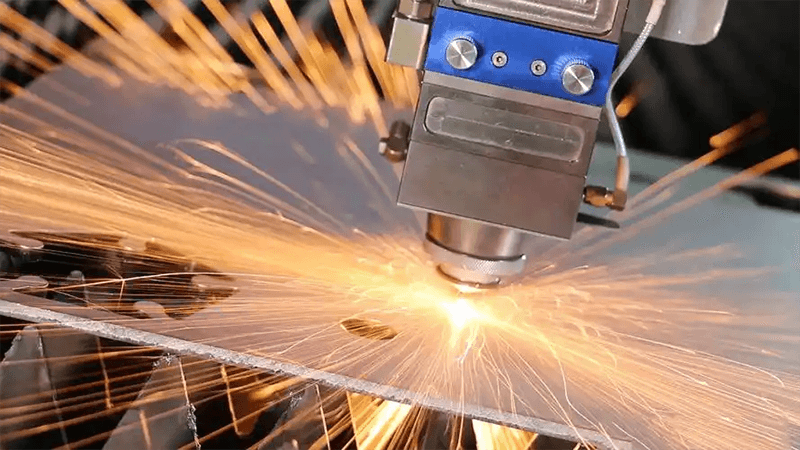
How does the quality of the machine and equipment impact cutting precision?
The quality of laser cutting machines is a defining factor in precision. High-quality machines are equipped with advanced optics and auto-focus features, enabling accurate adjustments and intricate cuts. Regular maintenance, such as cleaning lenses and checking for wear and tear, ensures the machine operates at peak performance. Neglecting maintenance can lead to misalignment or reduced beam quality, ultimately affecting the precision of the cuts.
Beam quality is another critical aspect. A smaller laser beam spot size, achieved through high-resolution optics or shorter focal lengths, allows for greater detail in intricate designs. Investing in machines that prioritize beam quality and precision features ensures consistent performance, particularly for industries that require tight tolerances, such as aerospace or medical device manufacturing.
Why is material selection and preparation important for precision laser cutting?
Material selection and preparation are critical for achieving precise laser cuts. Different materials respond uniquely to laser energy. For instance, metals like steel and aluminum tend to provide cleaner cuts because of their uniform thermal conductivity and lower susceptibility to warping under heat. In contrast, thicker or less heat-resistant materials, such as plastics or wood, might burn or deform, impacting the cut quality. Choosing the right material ensures compatibility with the laser’s capabilities and the intended application.
Material preparation is equally important.
Contaminants like grease, dirt, or rust can disrupt the laser beam's interaction with the surface, leading to irregularities in the cut. Proper cleaning and surface treatment before cutting ensure a smooth and consistent interaction between the laser and the material, resulting in superior precision and reduced errors.
Regular maintenance, such as cleaning lenses and calibrating the machine, is essential for achieving precise laser cuts.True
Maintenance ensures that the laser cutter operates at peak performance, preventing issues like misalignment and reduced beam quality.
The choice of laser power directly impacts the thickness of material that can be effectively cut.True
Different power levels are recommended for thin, medium, and thick metals to ensure efficiency and quality in cuts.
Techniques to Improve Laser Cutting Precision
What are the key laser cutting parameters to optimize for better results?
Dial in your power, speed, and frequency settings to match the material. Too much power? You risk burns. Too little? You’ll struggle with incomplete cuts. It’s all about finding that sweet spot.
Adjusting cutting parameters like laser power, speed, and focus based on the material type and thickness is essential for achieving precision. For instance, higher power settings may be needed for thicker materials, while thinner or more delicate materials require lower power to prevent burning or deformation. Optimizing these parameters ensures clean cuts with minimal material waste.
Regular calibration of the machine is also crucial. Over time, machines can drift from their specified tolerances due to wear and environmental factors. Calibration helps maintain the desired precision, which can be as tight as ±0.0005 inches in high-quality setups. By fine-tuning the machine's settings, operators can achieve consistent results across multiple cutting projects.
How do focus and alignment affect the laser cutting process?
Precision starts with a well-focused laser beam. If the focus is off, your cuts will be too. Invest in a focusing tool or rely on auto-focusing features if your machine has one.
Focus and alignment are pivotal in precision laser cutting. The laser beam must be focused precisely on the material surface to achieve optimal cutting quality. Incorrect focus can result in wider kerfs, inconsistent depth, or incomplete cuts. Regularly checking and adjusting the focus settings ensures that the laser interacts with the material as intended, producing sharp and accurate cuts.
Mirror alignment within the laser system is another critical factor. Misaligned mirrors can obstruct the laser beam’s path, reducing energy delivery to the cutting point. This not only affects the quality of the cuts but can also damage the machine over time. Ensuring proper mirror alignment maintains a clear and unobstructed beam path, which is essential for precision cutting, especially in intricate designs or dense materials.
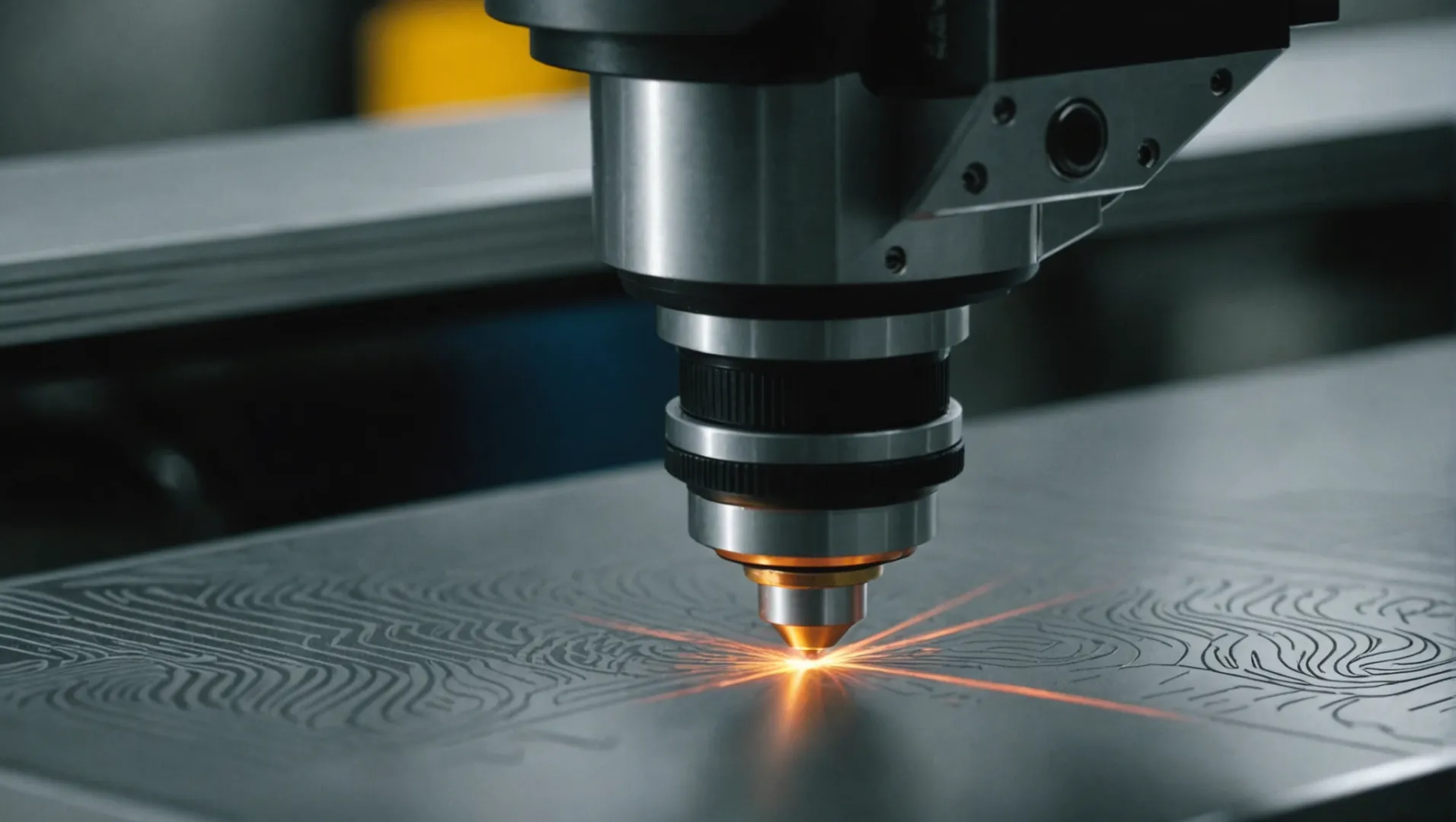
Common Mistakes and How to Avoid Them
Don’t Overpower the Laser
More power doesn’t always mean better cuts. Too much heat can warp the material or leave burn marks. Start low and adjust as needed.
Key Factors Influencing Power Settings
- Laser Power Requirements
-
Thin Metals (0.5 - 2 mm): For materials like stainless steel or aluminum, use lower power settings (around 500 - 1000 watts). This prevents overheating and maintains a narrow kerf width.
-
Medium-Thick Metals (2 - 6 mm): Increase the power to approximately 1000 - 2000 watts. This allows for adequate penetration and efficient cutting without excessive heat.
-
Thick Metals (6 - 20 mm): Higher power settings are necessary, typically between 2000 - 4000 watts or more, depending on the specific metal type and thickness.
- Cutting Speed
-
Thin Metals: High cutting speeds (up to 50 m/min) are suitable as they minimize heat input and maximize productivity.
-
Medium-Thick Metals: Adjust the speed to a moderate level to balance cut quality and efficiency. Slower speeds may be needed as thickness increases.
-
Thick Metals: Slower cutting speeds are essential to ensure the laser has enough time to penetrate and melt through the material effectively.
Recommended Power Settings by Thickness
Here’s a general guideline for various materials based on their thickness:
| Material | Thickness (mm) | Recommended Power (Watts) |
|---|---|---|
| Carbon Steel | Up to 1 | 500 - 750 |
| Carbon Steel | 1 - 5 | 750 - 1500 |
| Carbon Steel | Over 5 | 1500 - 4000 |
| Stainless Steel | Up to 1 | 500 - 1000 |
| Stainless Steel | 1 - 5 | 1000 - 2000 |
| Stainless Steel | Over 5 | 2000 - 4000 |
| Aluminum | Up to 1 | 750 - 1000 |
| Aluminum | 1 - 5 | 1000 - 2000 |
| Aluminum | Over 5 | 2000 - 4000 |
| Brass | Up to 1 | 750 - 1000 |
| Brass | 1 - 5 | 1000 - 1500 |
| Brass | Over 5 | Up to 3000 |
- Practical Tips for Optimization
- Start with Manufacturer Guidelines: Use recommended settings provided by the laser cutter manufacturer as a baseline.
- Adjust Based on Material Type: Consider the specific properties of each metal, such as reflectivity and thermal conductivity. For instance, aluminum requires higher power due to its reflectivity.
- Experiment with Settings: Conduct test cuts with varying power and speed settings to find the optimal combination that yields clean cuts without excessive heat or dross formation.
- Monitor Performance: Regularly check cut quality and make adjustments as needed based on observed results during production.
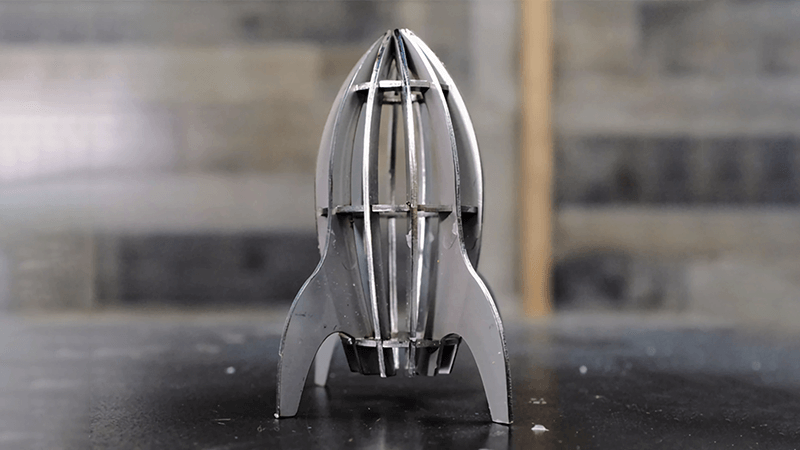
How does operator expertise contribute to precision laser cutting?
The skill and experience of the operator are crucial for achieving high levels of precision in laser cutting. Experienced operators understand how to adjust machine settings such as power, speed, and focus to match the material and design requirements. They can also troubleshoot issues, such as uneven cuts or overheating, more effectively, ensuring consistent results.
Training is key to operator expertise. Proper training equips operators with the knowledge to maximize the machine's capabilities and maintain its performance. By combining technical knowledge with hands-on experience, operators can fine-tune the cutting process, even for challenging materials or complex designs, ensuring optimal outcomes every time.
Improper mirror alignment has no effect on the laser cutting process.False
Misaligned mirrors obstruct the laser beam’s path, reducing energy delivery and cutting quality.
Material preparation, such as cleaning contaminants, significantly impacts the quality of laser cuts.True
Contaminants like grease, dirt, or rust can disrupt the laser beam's interaction, leading to irregular cuts. Proper cleaning ensures smooth and consistent results.
Regular Maintenance Is Non-Negotiable
A dirty lens or misaligned beam can ruin your precision game. Regular cleaning and calibration can save you headaches—and money. Here’s how to keep your machine in top shape.
- Keeping the Machine Clean, Inside and Out
-
External Cleaning: Regularly wipe down the exterior to prevent dust accumulation, which can lead to overheating or electrical issues.
-
Internal Cleaning: Focus on critical components like the cutting head, lenses, and mirrors. Always use non-abrasive materials to avoid scratches or damage.
- Inspecting Components for Wear and Tear
- Key Component Checks: Regularly inspect the cutting head and focus lens for signs of wear. Promptly replace any damaged parts to avoid performance issues.
- Drive System Maintenance: Ensure motors, gears, and belts are free from debris and operating smoothly.
-
Ensuring the Cooling System Operates Efficiently
- Coolant Monitoring: Regularly check coolant levels and inspect the chiller to prevent overheating. Clean the filters and replace the coolant as needed to maintain efficient cooling.
-
Lubricating Moving Parts Properly
- Lubrication Tips: Follow manufacturer guidelines to lubricate moving parts, especially guide rails and drive systems, to reduce friction and extend the machine’s lifespan.
-
Keeping the Software Up to Date
- Software Updates: Regularly update your machine’s software to access the latest performance improvements and features. Staying current also helps with troubleshooting potential issues.
-
Establishing a Preventive Maintenance Schedule
- Routine Maintenance: Create a schedule with daily, weekly, monthly, and quarterly tasks based on manufacturer recommendations. Include inspections, cleaning, lubrication, and component replacements for consistent performance.
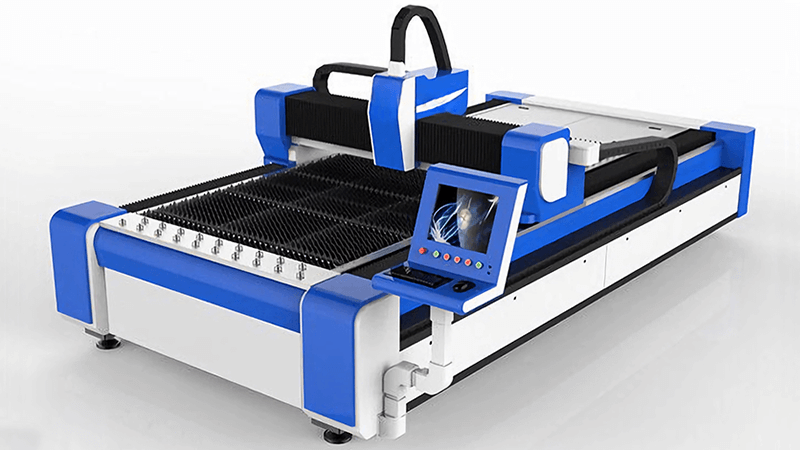
How Kirin Laser Machines Excel in Precision Cutting
At Kirin Laser, we eat, sleep, and breathe precision. Our machines are built to deliver unmatched accuracy, thanks to features like advanced motion controllers and fiber laser technology.
Take the KR-1500, for instance. This model is a favorite for its ability to handle intricate designs on metal sheets without breaking a sweat. It’s not just a machine; it’s a partner in precision. Learn more about its specs here.
Conclusion
Precision laser cutting isn’t rocket science—it’s a mix of the right tools, smart techniques, and a bit of practice. With Kirin Laser machines, precision becomes second nature. So why wait? Let us help you turn your cutting challenges into success stories. Contact us today!
References:
- "Advantages of Cutting by Laser: Precision, Speed, and Versatility", from Kirin Laser.
- "Why Fiber Laser Cutting is the Future of Precision Manufacturing?", from Kirin Laser.
- "Guide to Laser Cutting Focus Adjustment and Method Selection for Optimal Efficiency and Quality", from Kirin Laser.
- "Comparing Laser Machine Cutting to Traditional Methods", from Kirin Laser.
- "Laser Cutting Parameters: 24 Fiber Laser Cutting Parameters and How to Adjust Them", from Accurl.
- "Gaining an edge up in fiber laser cutting", from FMA.

